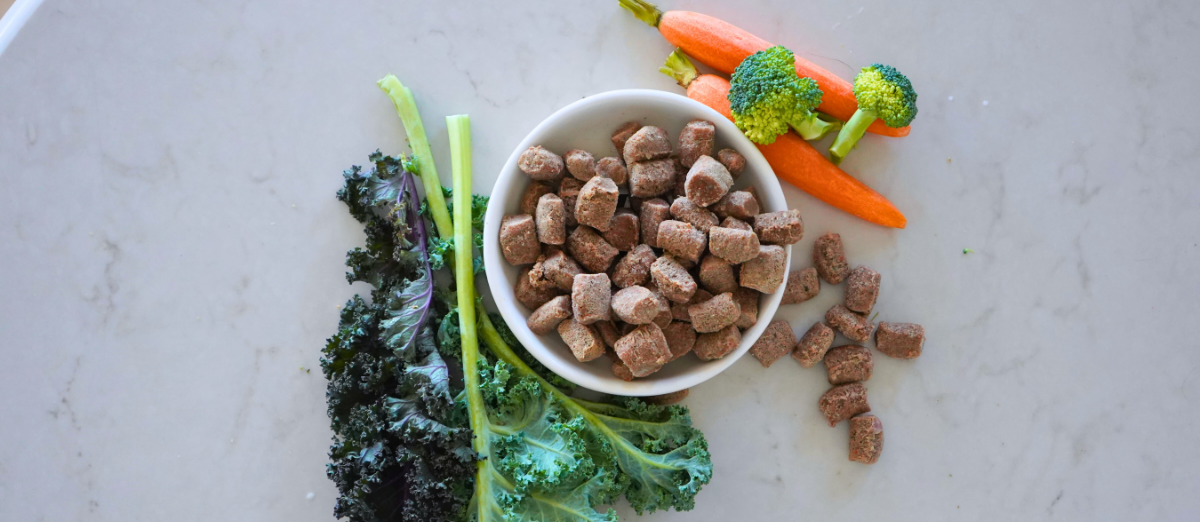Why Raw Is Better
Why Raw? The Best Diet for Your Pet’s Health
Finding the best pet food isn’t just about filling a bowl—it’s about fueling a happy, healthy life. We all know fresh, whole foods are better for us than highly processed meals, so why should it be any different for our dogs and cats? As pet parents, we go above and beyond for our furry family members, yet diet is often overlooked. A raw food diet provides the natural, nutrient-rich meals dogs and cats are designed to eat, supporting their overall well-being from the inside out.
What is a Raw Food Diet for Dogs and Cats?
Raw feeding is precisely what it sounds like—feeding pets a diet that consists of raw meat, organs, and bone. It is the kind of diet that dogs and cats were biologically hardwired to thrive on (cats especially, as they are obligate carnivores, meaning they MUST eat meat to thrive).
In contrast, commercial kibble is cooked at extremely high temperatures, which destroys many essential nutrients. Synthetic vitamins and minerals must be added back to balance the kibble after cooking. Although kibble can be convenient, it’s not what our pets are designed to eat. So, why is raw food beneficial for dogs and cats? Let’s explore the advantages.

10 Reasons Why Raw is Better for Your Pet
1. Naturally Digestible for Better Nutrient Absorption
Highly processed foods don’t have the natural enzymes needed for smooth digestion because they get destroyed during cooking. The nutrients and enzymes in raw food are very bioavailable, meaning your pet can absorb and use what they eat instead of just passing it through. It's like taking a vitamin C supplement versus eating an orange. Your body has an easier time using the nutrients from the orange than the supplement!
2. Shinier Coat and Healthy Skin
If your pet has dry, flaky skin or a dull coat, their diet could be to blame. Raw food provides natural fatty acids, which help reduce shedding, itching, and skin irritation. Plus, say hello to that sleek, glossy coat!
3. Less Doggy Odor
We all love our dogs, but they don’t always smell the best. A raw diet eliminates many artificial additives and fillers contributing to that doggy smell. Your dog might start smelling better after switching to fresher food!
4. Smaller, Firmer Stools
Raw is made of real, highly digestible food. This means that your pet can digest more of their food and produce less waste. You will notice smaller, firmer, and less smelly stools!
5. Reduced Potential Allergies and Sensitivities
Many commercial pet foods contain common allergens like wheat, corn, and soy. Allergies can trigger skin and digestive issues. Feeding raw removes these unnecessary filler ingredients, lessening the chances of adverse reactions.
6. Stronger Immune System
A well-balanced raw diet provides the vitamins, minerals, and antioxidants needed to support a strong immune system. When your dog or cat gets the nutrients from real food, their body is better equipped to stay healthy.
7. Steadier Energy
Just like when humans eat too much junk food, processed carbohydrates in kibble can cause energy spikes and crashes. A raw diet offers steady, long-lasting energy, helping your pet stay active and alert throughout the day.
8. Higher Hydration
Kibble contains about 10% moisture, while raw food naturally contains around 70%. That means your dog or cat gets more hydration from their meals, which is especially important for kidney and urinary tract health.
9. Weight Management Made Easy
The 2022 Pet Obesity Prevalence Survey showed that 59% of dogs and 61% of cats are classified as overweight or obese. Obesity is a growing issue in pets, but raw feeding makes it easier to maintain a healthy weight. Without processed carbs and fillers, your pet gets the right balance of protein and fat to stay lean and strong.
10. Naturally Cleaner Teeth and Fresher Breath
Raw food doesn’t contain the starchy fillers and carbs that stick to your pet’s teeth. The starches in kibble feed bacteria in the mouth and cause plaque buildup and tooth decay.
Is Raw Food Better for Dogs and Cats Than Kibble?
Below is data taken from a 2003 USDA study on the effect of cooking on nutrients lost in different foods. Each food was subjected to a "backing" heating process.
|
Cooked Food |
Magnesium |
Potassium |
Thiamine |
Vit. B6 |
Folate |
|
Beef |
-35% |
-45% |
-55% |
-65% |
-35% |
|
Chicken |
-25% |
-20% |
-30% |
-20% |
-40% |
|
Fruits |
0% |
-10% |
-20% |
-10% |
-50% |
|
Vegetables |
0% |
0% |
-10% |
-5% |
-25% |
Kibble keeps your pet alive, but raw food helps them thrive. At Steve's Real Food, we believe every pet deserves the best, so we make balanced, nutritious raw meals that eliminate the guesswork of feeding fresh.
Give Your Pet the Best – Try Raw Today!
If you want your pet to live their healthiest, happiest life, switching to raw is one of the best choices you can make. From better digestion to shinier coats and more energy, the benefits speak for themselves. Ready to see the difference for yourself? Get 25% off your first order with code WOOF25



